Politics
A sub-alliance within the ruling coalition is in the making. But why?
Observers see move as bargaining chip for seat-sharing talks.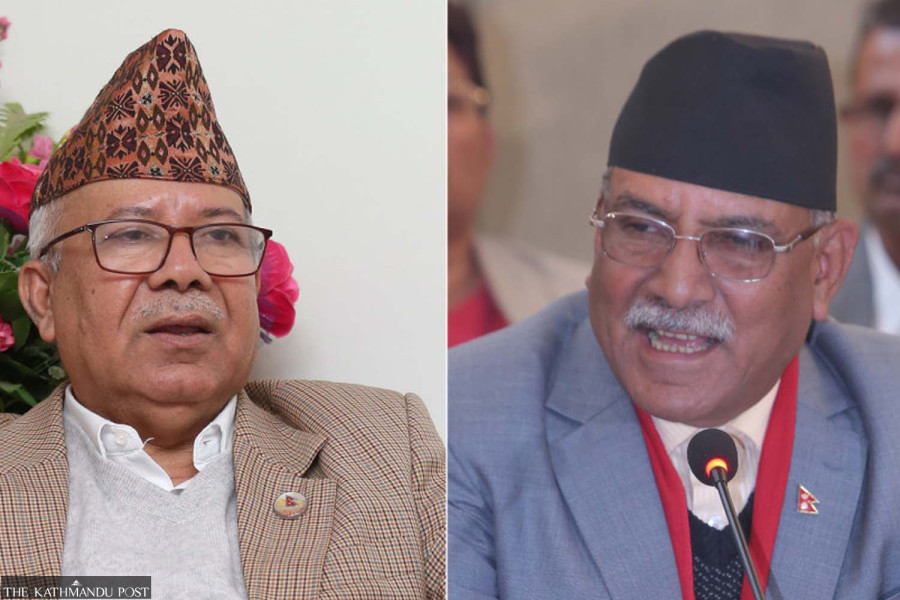
Nishan Khatiwada
Is a sub-alliance within the ruling alliance in the making?
As the seat-sharing discussions for the upcoming polls are underway, two coalition partners—Maoist Centre and the CPN (Unified Socialist)—are bidding for unification, as they aim to create a sub-alliance also by bringing Baburam Bhattarai and Bamdev Gautam on board.
The two forces say a communist movement is a necessity while contesting the election under an alliance with the coalition partners is compulsory.
Analysts and observers say the talks about communist unification are aimed at “strengthening the communist movement” but the ongoing efforts seem to be part of their strategy to improve their poll prospects.
Some Maoist Centre and Unified Socialist leaders had, a few months ago, given a thought to forming a big communist alliance with the CPN-UML. Things didn’t go as expected though.
Now, they are preparing a communist union minus the UML.
“An electoral alliance with the Nepali Congress is our main priority. We are trying to cooperate with other parties that share ideologies with us to support the ruling coalition,” Giriraj Mani Pokharel, a deputy general secretary of the Maoist Centre, told the Post.
According to Pokharel, the party has decided to form a unity coordination committee to explore unity with the Unified Socialist.
“We tried to form a strong communist force with the UML last time which miserably failed, so we are mulling over forming a stronger communist force. Yet, our top priority is the current ruling coalition," he said.
The Maoist Centre may want to form a strong communist force but it can’t abandon the Congress at this time despite the fact that both are poles apart ideologically.
For the Unified Socialist, the situation is even grimmer. It was formed last August after splitting from the UML, but its organisational base is weak.
Unified Socialist chair Madhav Nepal, however, has not given up on his high-sounding rhetoric. He was critical of the Maoist Centre and Congress after his party’s poor poll performance. He does not hesitate to make scathing remarks against UML chair KP Sharma Oli as well.
His own party is in dire straits. Even as the Unified Socialist has decided to contest elections with the Maoist Centre under a common manifesto, Nepal, while speaking with journalists on Tuesday, said only preliminary discussions are underway with the Maoists for unity.
“To take Nepal’s communist movement forward in a strong way, there is a need to bring left forces together,” he said. “We will hold talks with other political parties too for that purpose.”
Opposition leaders and even some leaders from the ruling coalition have been saying a sub-alliance of the communist forces is entirely meant for bargaining purposes.
Around a month back, UML vice chair Yubaraj Gyawali said at a function in Kanchanpur that the Maoist Centre was spreading rumours of “a communist alliance” to increase its bargaining power.
Speaking at a function in Birgunj about a month ago, Congress leader Shekhar Koirala said, “The issue of cooperation between the Maoist Centre, the Unified Socialist and the Janata Samajbadi Party raised by these parties is only for bargaining. They seem to have forgotten that the Nepali Congress is a big party.”
The Unified Socialist formed the “party unity coordination committee” a few days ago to explore unification with the Maoist Centre. Even though the Maoist Centre, Unified Socialist, and the Bamdev Gautam-led Nepal Communist Party-Unity National Campaign have been discussing a possible communist alliance, no concrete decision has been taken.
Based on the data of the 2022 local elections, the Unified Socialist has leading votes in only one constituency—party chair Madhav Nepal’s Rautahat-1. The Maoist Centre is leading in only eight constituencies.
The Maoist Centre had managed to win 36 constituencies in 2017 because it had fought the elections under an alliance with the UML. The Congress, though it became a second party due to the number of seats (40) it won under the proportional representation system, it had won only 23 constituencies.
While the Maoist Centre and Unified Socialist have decided to contest the upcoming elections with a common manifesto, Bhattarai’s Nepal Samajbadi Party and Bamdev Gautam’s Nepal Communist Party-Unity National Campaign have decided to fight the polls under the Maoist party’s election symbol—hammer and sickle inside a circle.
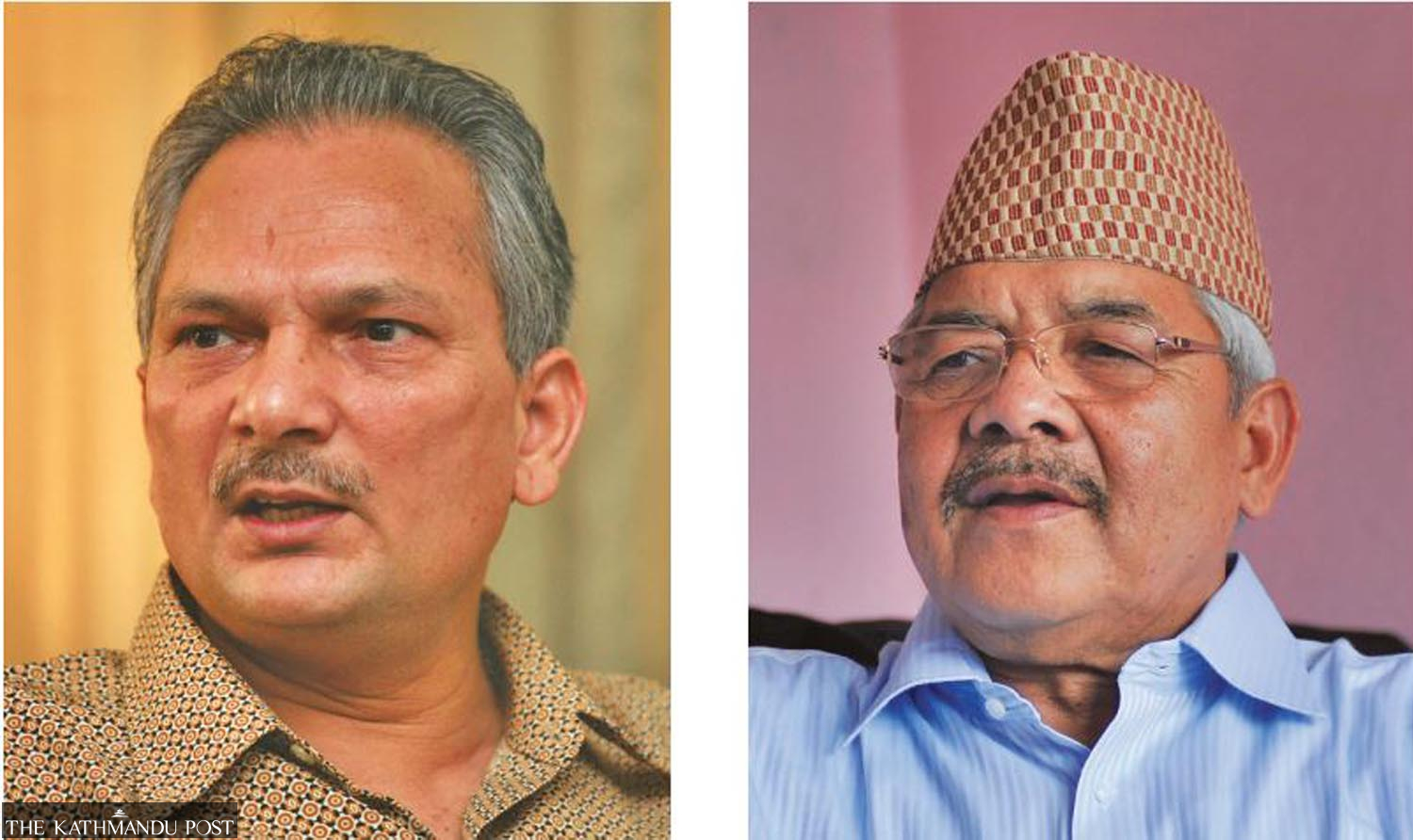
Observers say a communist unity or sub-alliance is an attempt to enhance their bargaining power—and, in a favorable situation, to bring the dissident communist leaders and cadres of other parties into their fold.
Indra Adhikari, a political analyst, says it’s a move to strengthen their bargaining position to manage more seats, showcasing the prospects of unity among the communist forces.
“As the Nepali Congress has emerged as the largest party from the local elections, communist forces in the ruling coalition have been more vocal about a sub-alliance. Nepal has a large chunk of communist voters, so they want to take advantage of it,” she told the Post.
Even after forming a task force on August 5, a day after the polls were announced for November 20, the ruling coalition is struggling to finalise seat-sharing arrangements. On Thursday, and the constituent partners put forth their claims, the total number of seats exceeded the number of positions up for grabs.
Of the 165 seats under the direct election system that are to be distributed among the five constituents, Congress laid claim to 100, the Maoist Centre to 60, the Unified Socialist to 40, the Janata Samajbadi Party to 32 and the Rastriya Janamorcha to 2.
The Maoist Centre wants the seat-sharing to be finalised based on results in the 2017 general elections. The Congress wants it to be concluded based on the popular votes garnered by the political parties in the last elections. The Unified Socialist, however, did not exist in 2017 and performed poorly in the local elections in May this year.
Also, the Maoist Center and the Unified Socialist have another important election strategy besides all these claims of leading a communist movement and communist unity, according to Adhikari.
“They want to bring the aggrieved communist leaders and cadres of other parties into the fold, while giving a message that they are the champions of the commmunsit movement in the country,” said Ahdikari. “The attempt at forming the communist sub-alliance is both for upping the bargaining power and keeping the opponents within the coalition on tenterhooks.”
Jhalak Subedi, another political analyst, says the “communist unification” is two communist parties’ election strategy—they are trying to form a third pole with a view to create a force parallel with the UML and the Congress.
“The Maoist Centre is the third force for sure, but without a communist sub-alliance, it may emerge as a weaker communist force,” said Subedi. “That’s why it is making a pitch for a stronger communist force.”
The House of Representatives is 275-member strong where 165 are directly elected and 110 under the proportional representation system.
Also, Subedi says if these parties are thinking of long-term politics, their competition will be either with the Nepali Congress or the UML.
“The Maoist Centre and the Unified Socialist want to keep their votes secure and prevent their party’s leaders from joining the UML,” Subedi told the Post. “In a favourable situation, they are also making these moves to bring in the dissident leaders from the UML by pitching the idea that their ultimate goal is creating a big leftist force in the country, which strikes a chord among Nepal’s communists easily.”




 11.12°C Kathmandu
11.12°C Kathmandu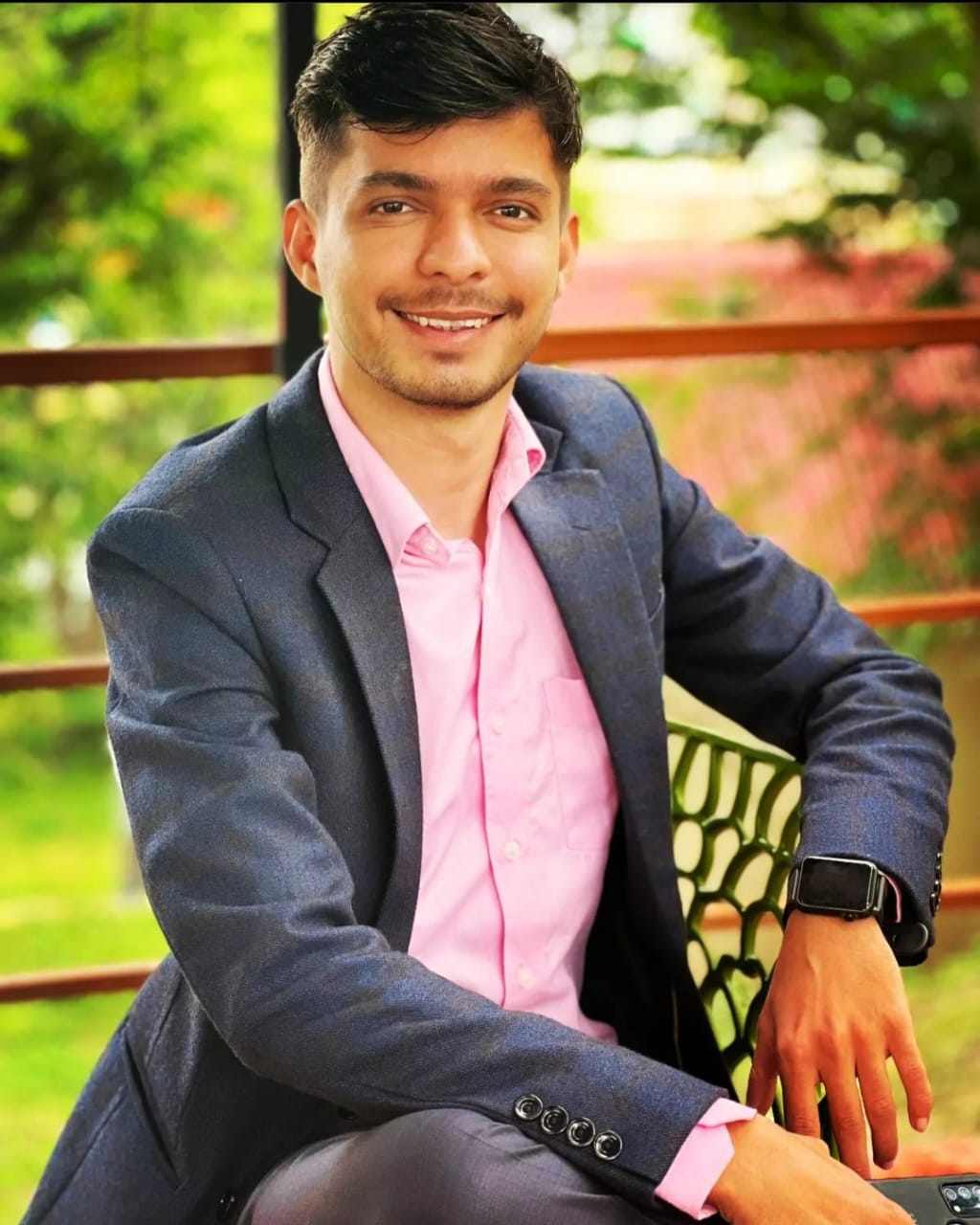
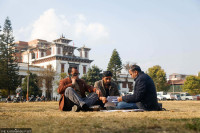
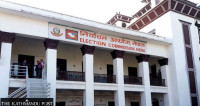

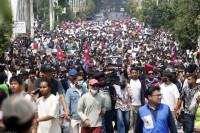
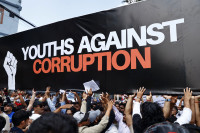
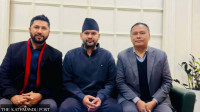



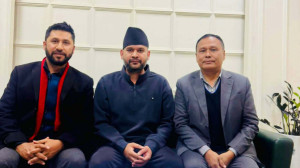



%20(1).jpg&w=300&height=200)

